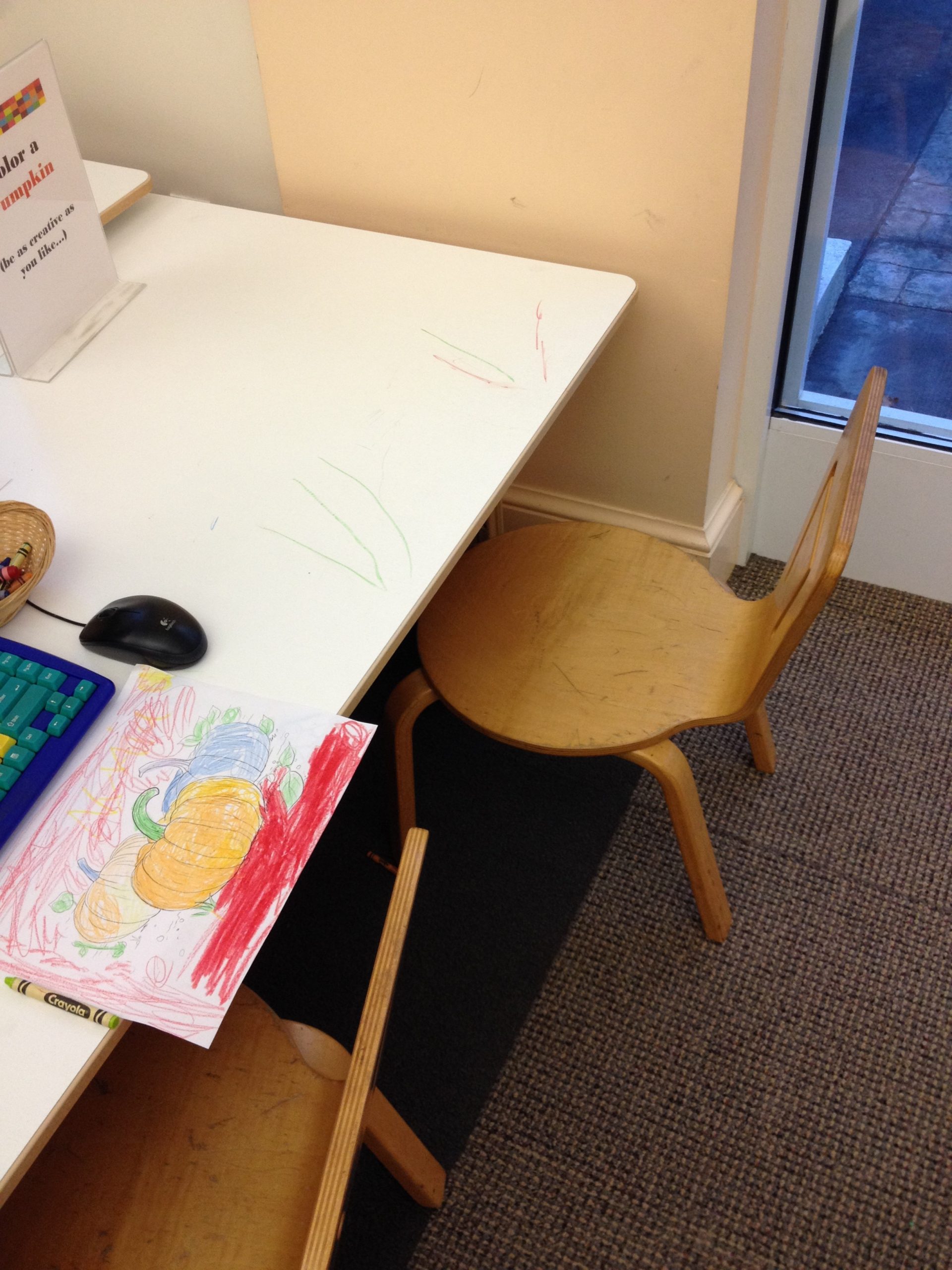I have written many blogs that mention differentiated instruction. I will put it in perspective with flexible grouping and explain why it is important to use in the classroom so lessons are differentiated in design. It’s time to give up the permanent reading groups called the Bluebirds, the Wrens, and the Crows.
Flexible grouping is not a new concept. It actually began in the one-room schoolhouse where students of various abilities, ages, and backgrounds were taught. Its based on the premise of student learning during a specified time period and a high need to master a concept. Flexible groupings allow the students to work in different mixed groups focused on a particular learning goal, activity, or need of each student or group of students. It includes a single lesson, unit/theme, or concept.
Groups are created on a temporary basis for an hour, a day, week, or a month for any or all subjects and never become permanent. Teachers create groups for the purposes of introducing a new concept, review, reteaching, practice, or enrichment. They are short term and based on differentiating lessons for the students’ needs.
Educators know that classroom instruction isn’t a ‘one size fits all’. Flexible grouping that is based on informed decision-making, guides the instruction and the way students are grouped. Grouping is dependent on familiarity with a topic, developmentally readiness, and language bias. To begin grouping students, the teacher considers several questions:
• What are the various ways I can group?
• Which part of the lesson is applicable for small group activities?
• Is it necessary for the whole class to be involved in the same activity?
• Am I meeting the needs of all students when grouped?
Grouping consists on many types, such as: whole class, half class, teams, partners, groups of 3 or 4, learning centers, online activities, readiness, interest, and one on one mentoring that includes an adult or peer.
The utmost important part of flexible grouping is for it to be a short term process. To integrate flexible grouping into the classroom lessons, you must constantly assess the learning to determine if the student must be moved into another group that is more centered on the student’s need. Students must complete tasks that are appropriate to the learning and not have activities that are considered busywork.
My suggestions on getting started using flexible groups is to consider using these basic grouping options:
• Task oriented – hands on activity, drama, musical
• Knowledge oriented – hobbies, favorite books
• Cooperative Learning Groups – geared to various roles such as recorder, materials gatherer, leader, reporter
• Free Choice – students freely move to a group
• Skill Oriented – designed for a specified skill or goal.
Teachers have used flexible grouping in all grade levels from preschool to college. Research shows that flexible grouping improves student learning. Assessing, monitoring, and creating groups require time. The success of this method depends on the flexibility of the teacher in moving students to various groups depending on the learning task. In my opinion, anything that leads to student success and moves the student learning to a higher level is worth the time involved.


